Our guest Patrizia Passerini, author of the book “Going through wine and vines”
A Wine Journey in Italy with the book “Andare per vini e vitigni” by Patrizia Passerini

1 - What is the story of your book “Andare per vini e vitigni?
I’m the author of the book “Andare per Vini e Vitigni” (“Going through wine and vines”), which is part of a series called "Ritrovare l'Italia" (“Finding out Italy”) by Il Mulino publishing house. The book comes from the idea that Italy has a very strong and multifaceted cultural identity, which is the result of its complex historical past, also considering the theme of wine. It wants to be a story that unfolds its patterns around places (and therefore itineraries), visible but often flattened to icons without context, and around different times, through the centuries. Andare per Vini e Vitigni is a historical journey in the culture of Italian wine, as different kind of vines, different cultivation processes and winemaking techniques are often the result of the past and people who inhabited the peninsula. The book is a "Grand Tour of Italy", a journey from the south to the north of Italy to find out some of the oldest vines still cultivated today, connecting archeology, history, myths, literature and classical authors (such as Pliny the Elder, Virgil, Horace, Ovid), art and nature. Through the Greeks, the Etruscans, the Romans, the Middle Ages of Dante, the Renaissance Palaces and the eighteenth-century villas, you discover the beauty of vineyards surrounded by woods, vineyards that embrace temples, abbeys, castles, vineyards that stretch on the slopes of a volcano, which climb over impervious mountains or overlooking the sea. Following this itinerary we arrive at the present, finding out wines that derive from ancient vines with their specific characteristics today. It is a way to travel and discover the extraordinary beauty of Italy, which the ancients called "Enotria", meaning "land of wine" because of the ease with which the vine in Magna Graecia grew. It is a book not only for wine lovers, but also for lovers of culture, art and literature.
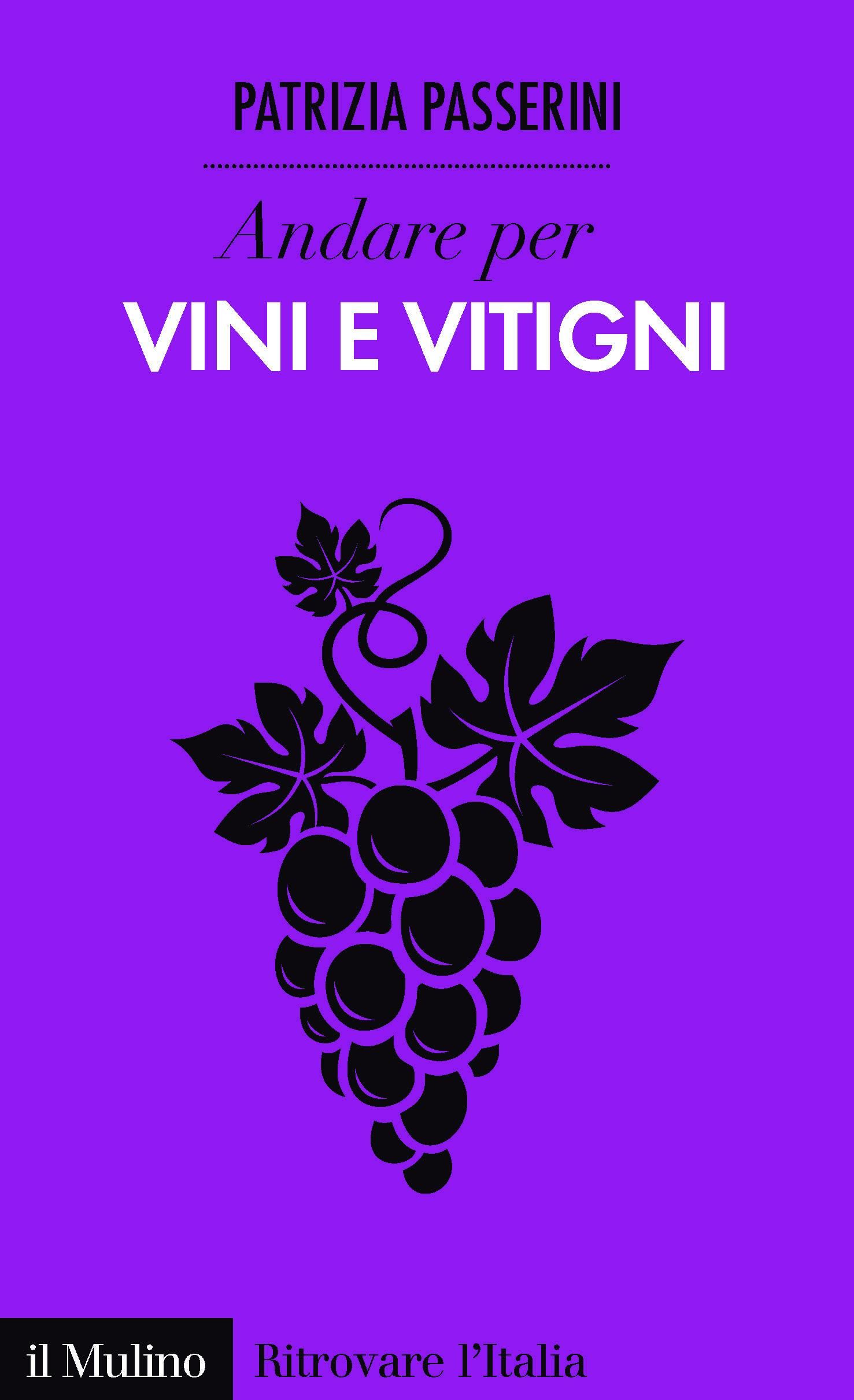
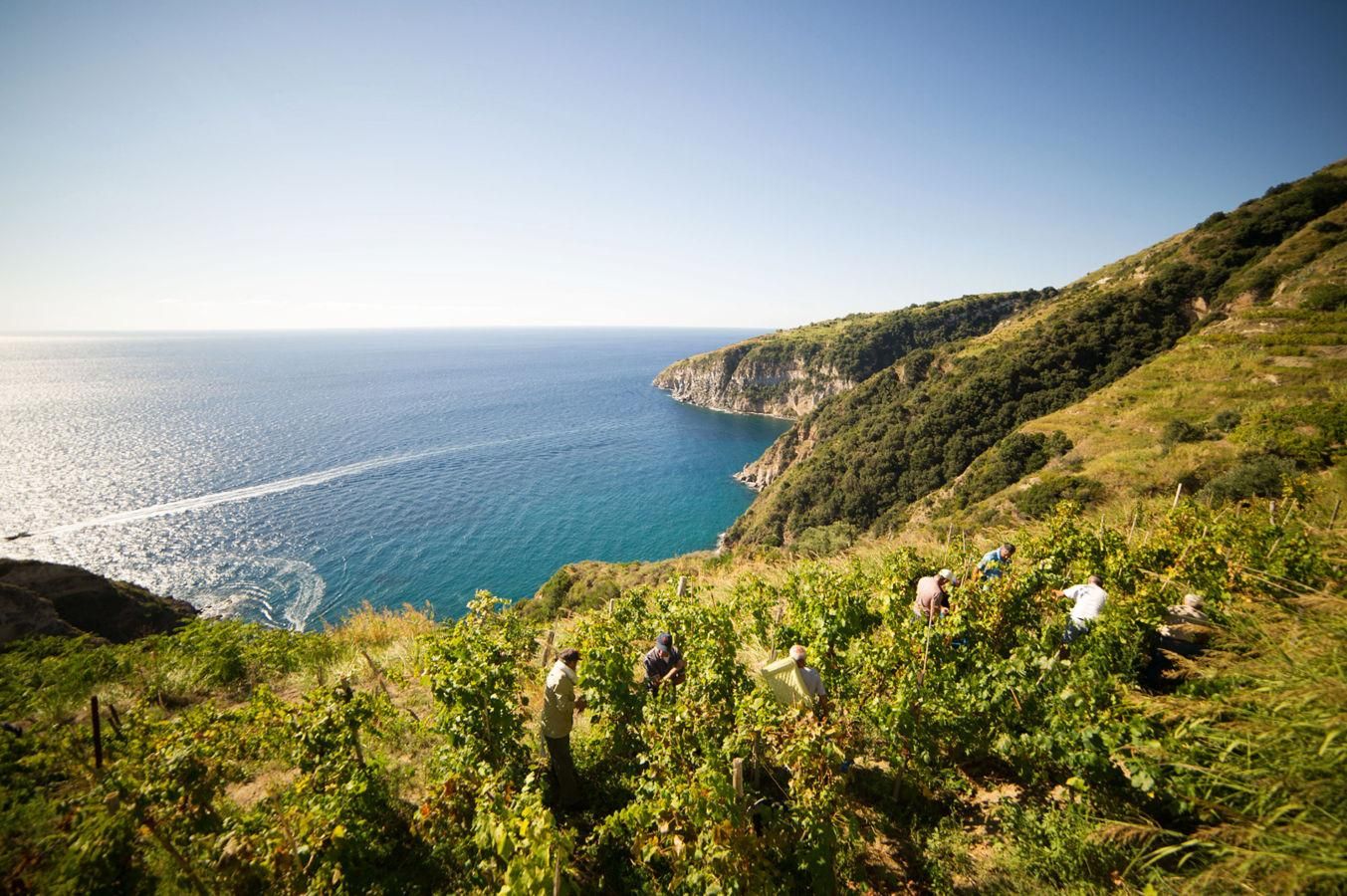
2 - Which are the venues that a wine-loving foreign tourist should absolutely visit in Italy?
In Italy there are venues that a wine-loving tourist should definitely visit, but these are places that even people who don’t drink wine should not lose! Even if it's really hard to make a choice, I mention some of them in my book. The island of Ischia, in the South of Italy, is the venue where the Greek settlers arrived in the 8th century B.C. founding their first colony in Italy (called Pythecusae), bringing with them vine plants to spread vine cultivation and continue the rite of the symposium, the ritual of drinking together in honor of Dionysius (the god of wine),with a deep religious and social meaning. Today unique and autochthonous grapes are cultivated in the island. The wine making process gives rise to fine wine sand high quality, today exported all over the world. Among the white wines, we remember “Biancolella”, witha fruity and floral taste, and “Forastera”, more fill-bodied. Among the red wine we can find “Piedirosso”.
The vineyards on the island extend from the coast to the thick mountain slopes where the terraces overlooking the sea are built, even today, with reinforcements of dry stone walls of green tuff. Considering the difficulty of cultivating vines on terraces in cliffs over looking the sea, the viticulture in the island of Ischia is called "heroic", An amazing winery to visit is “Cantine Antonio Mazzella”. The vineyards are located in the most inaccessible areas of the island of Ischia, in the south, about 150 meters above sea level with breathtaking views of the Gulf of Naples up to Policastro. They can only be reached on foot through ancient paths. These conditions make the care of the vines even more difficult and help to make unique the products of this winery.
The harvest is done by hand, as the pressing of the grapes in small caves dug into the tuff rock.
Then must is transported by sea in special containers arranged on wooden boats, to Campagnano where the winery is located. This is an extremely suggestive and unique strategic expedient, which characterize this winery. Syracuse and Val di Noto, in Sicily, have a great history, considering the Greeks who brought Moscato vine. From the ancient Biblino wine now is produced the famous Moscato Passito. In Sicily, I suggest to visit the territories around the volcano of Etna, amazing and extraordinary venues.
The viticulture of Etna represents a cultural and scientific heritage for the high biodiversity that characterizes the cultivated vines. The white grape varieties cultivated are Carricante, Catarratto and Inzolia. The red grape varieties cultivated are Nerello Mascalese, Nerello Cappuccio and Alicante or Grenache.
In particular, the winery Feudo di Mezzo and Tenuta Sciaranuova by Planeta represent a point of excellence of the territory.
The winery is located in the northern slope of Etna, between the lava flows and the woods surrounding Passopisciaro. Here Planeta planted vineyards of Nerello and Carricante and it has developed.
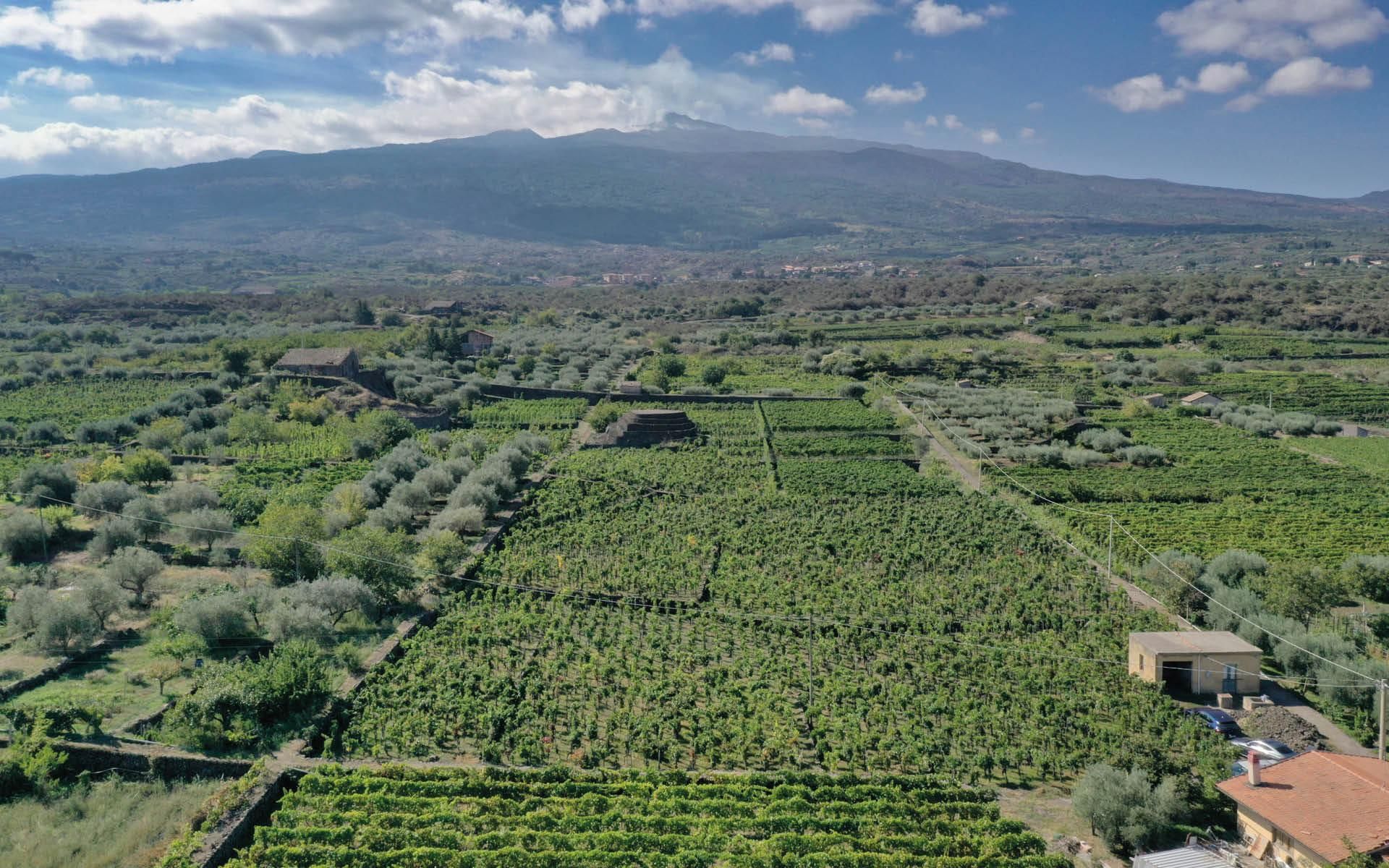
the estate to the north, in the middle of the beautiful vineyard of Sciara Nuova, more than 800 meters high, investing in conservative restoration. Here extraordinary wines are produced, such as Eruzione 1614 Nerello Mascalese Sicilia DOC, a strongly evocative name that comes from the legendary Etna eruption of 1614, which lasted 10 years, the longest of all times, stopped right at the border of the vineyards of Sciara Nuova. This Etna Cru is based on Nerello Mascalese and is characterized by an elegant, fine and balanced style.
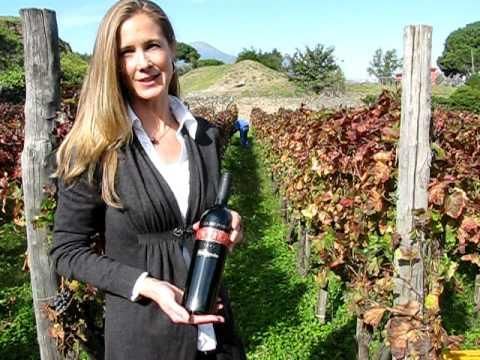
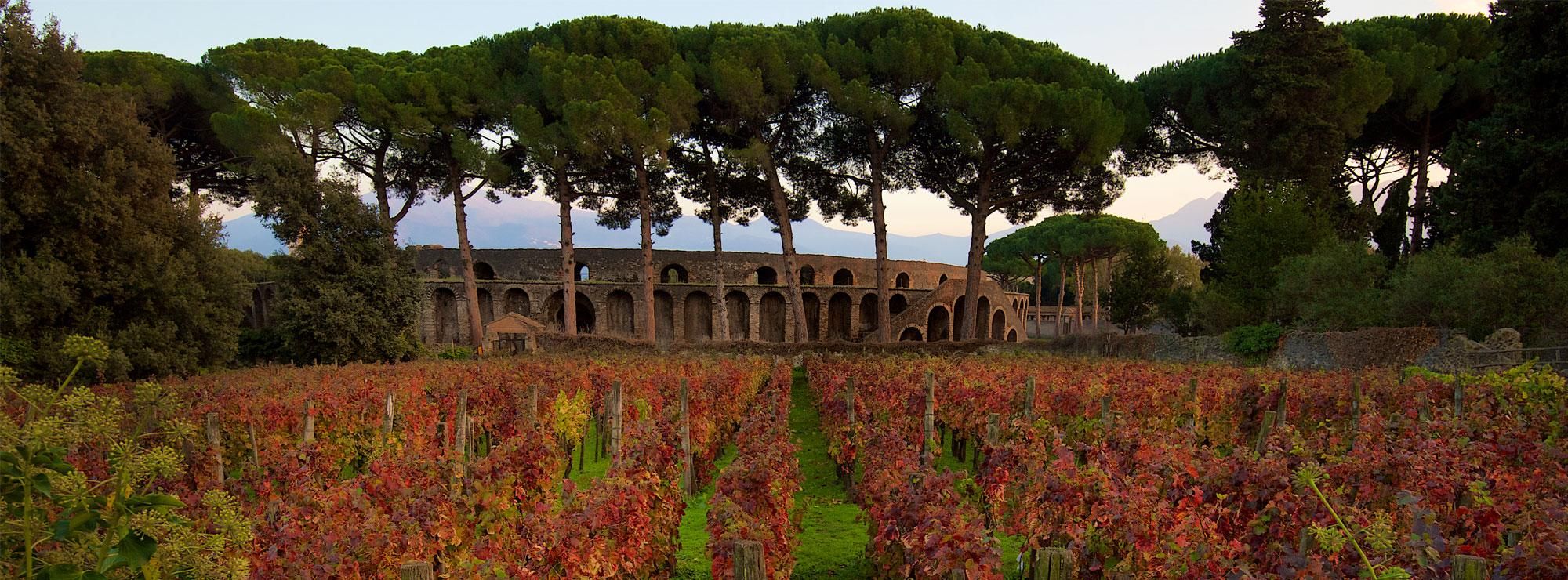
Pompei, in Campania, is a unique location, because the eruption of the Vesuvio volcano preserved it as it was in the I cent. D.C. The thermophobia where the wine shops where wine was served to people: Falerno (from Aglianico and Falanghina)was the most famous and appreciated wine of antiquity. Here we find the Roman “Villadei Misteri” with the “Fregio of Dionysus”, depicting an initiation rite to the cult of Dionysus. Strongly connected to Pompeii is Mastroberardino winery, one of the most prestigious and ancient Italian wineries, operating in the wine sector for tengenerations. Mastoberardino started in the 90s a project with the Archaeological Superintendence of Pompeii, which gave it the task of restoring viticulture in the ancient city ofPompeii. The idea was to create a research program, aimed at the investigation into the methods and techniques of viticulture and winemaking in ancient Pompeii, and the reproduction of some of the salient phases of this system, on an experimental level. The program became something more and gave birth to an excellent wine: “Villa dei Misteri”,a wine produced from the grapes of the vineyards of the Pompeian site, is an extraordinary messenger of one of our most ancient cultures and traditions. In addiction to vineyards in Pompeii, the family estates are located in Irpinia, cradle of three DOCG: Greco di Tufo, Fiano di Avellino and Taurasi, located in the various areas of the territory, with the aim of preserving their identity and ensuring the development of autochthonous viticulture. The Etruscan tombs of Tarquinia, in Tuscany, are as trongly connected the culture of wine. The Etruscan had a central role in spreading the cultivation of vines in the central Italy. They loved wine and represented banquet scenes with a great consumption of wine, not only with a ritual meaning, but also connected moments but also linked to the idea of joy and celebration of life. These venues now are surrounded by Sangiovese vineyards. In Tuscany I recommend to visit Rocca di Frassinello, a unique winery in Maremma, by Renzo Piano, the worldwide famous Italian architect. The nearly 90 hectares of vineyards are characterized by Italian and French varieties and all wines are blends, excluding “Baffonero” wine, the ambassador of the winery, is 100% Merlot. The winery designed by Renzo Piano is an essential cellar, in terms of its shape and conceived not to serve as a monument to the customer or to the wine, but rather to enhance the functionality of what it represents: remaining a place where productive work unfolds, work of a specific, ritual, almost sacral nature, but at the same time humble. Renzo Piano has focused his projection what really is the heart of a wine cellar. It is where the wine ages, remaining in barrels or bottles, where its quality improves. For this reason the heart is the barrel room, set in a central underground position, making it possible to naturally maintain a stable humidity and temperature. An imposing 40 by 40 square meter space, with an enormous floor slab that stands without being supported by any columns. All around, like a 20-metre frame, the distribution of all aspects of the production cycle unfolds. At Rocca di Frassinello guests can experience a fascinating journey through time: from the past with the exhibition “The Tuscans and wine at Rocca di Frassinello” by Italo Rota, located inside the winery, where the ancient Etruscans exhibits found in the territory testify the deep history of winemaking on this site, dating back almost three millennia ago, to the present, to the contemporary architecture of Renzo Piano’s cellar. The journey continues with a winetasting in the pavilion where the “Rapture of the Grape” is displayed: a work by the great American artist David Lachapelle, who was inspired by Rocca’s unique sense of place. To complete the visit in the winery, guests can choose among the Wine and lunch experience, a guided tour in the vineyards or a relaxing stay in the Rocca di Frassinello guest house. Valpolicella, in Veneto, is the place where the famous Amarone wine is produced. A place for an unforgettable visit is Villa Serego Alighieri. It is located in the heart of Valpolicella Classica, surrounded by green hills and few kilometers from the historical center of Verona and the beauty of Lake Garda.
(to be continued)
Sergey Evtuhov,
author of the "Yellow Road" project
